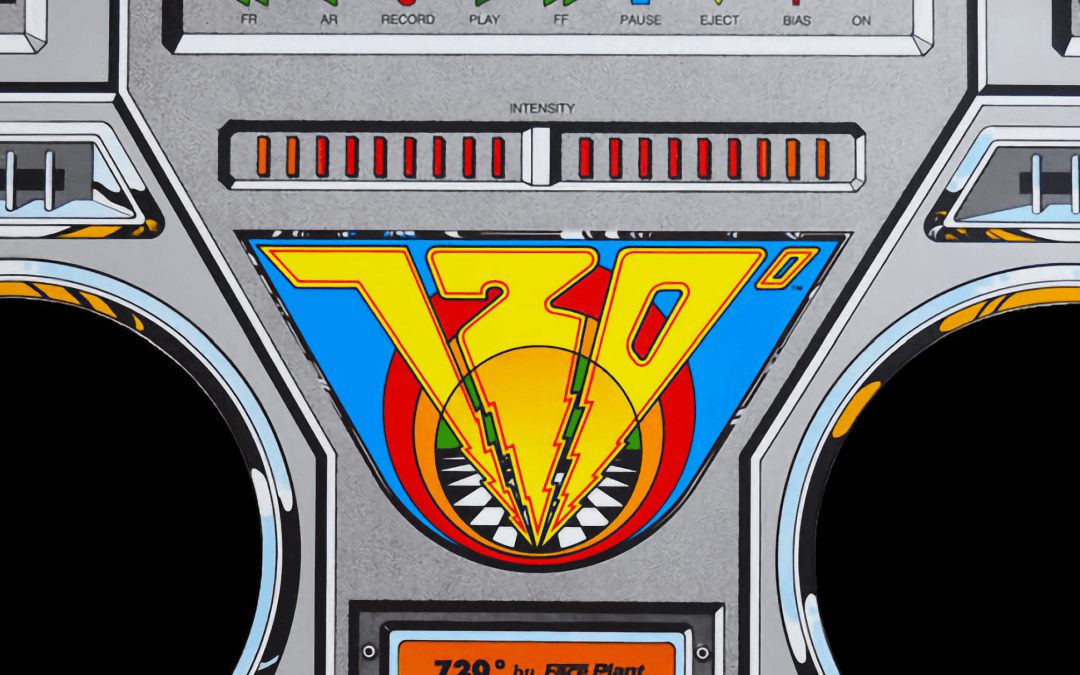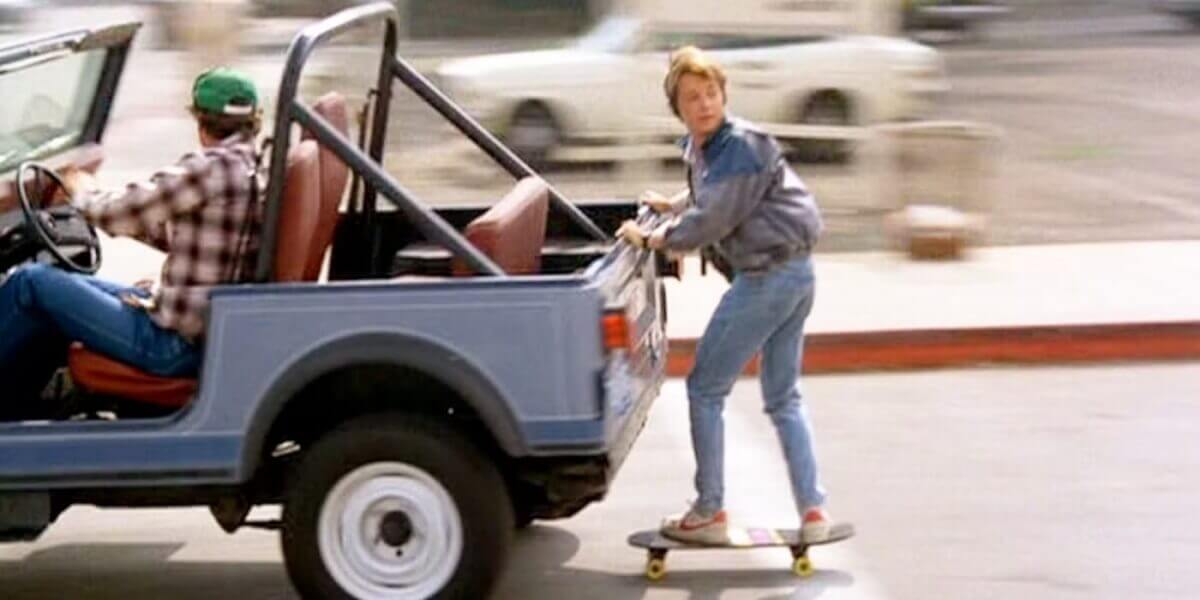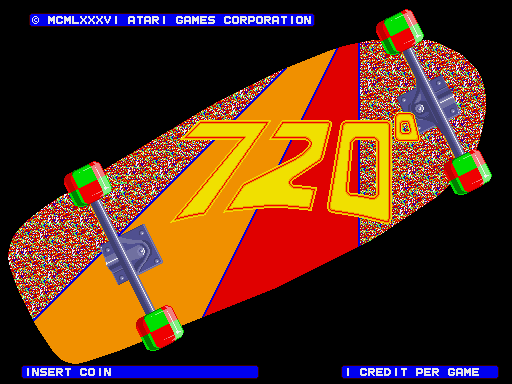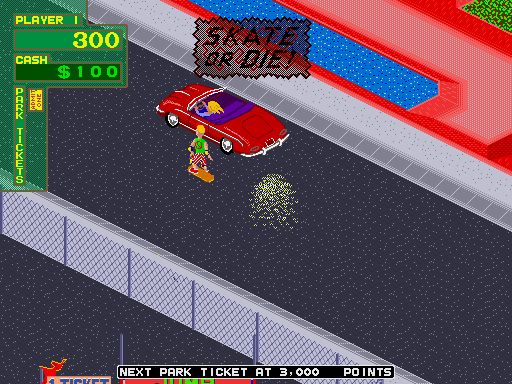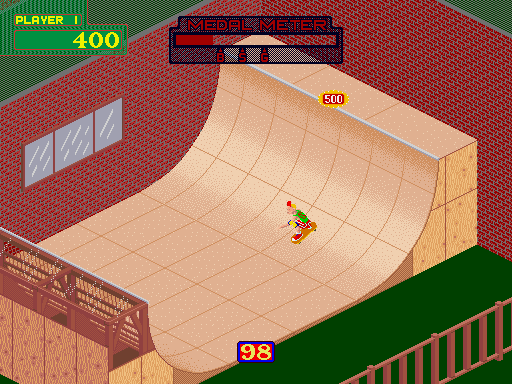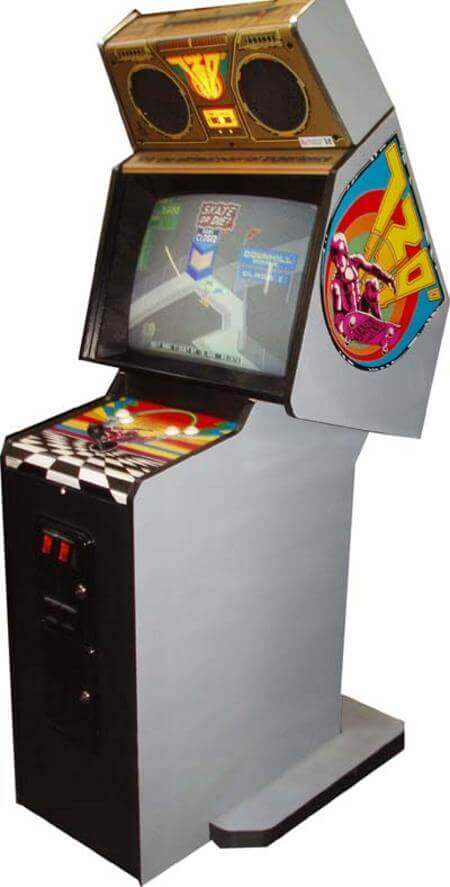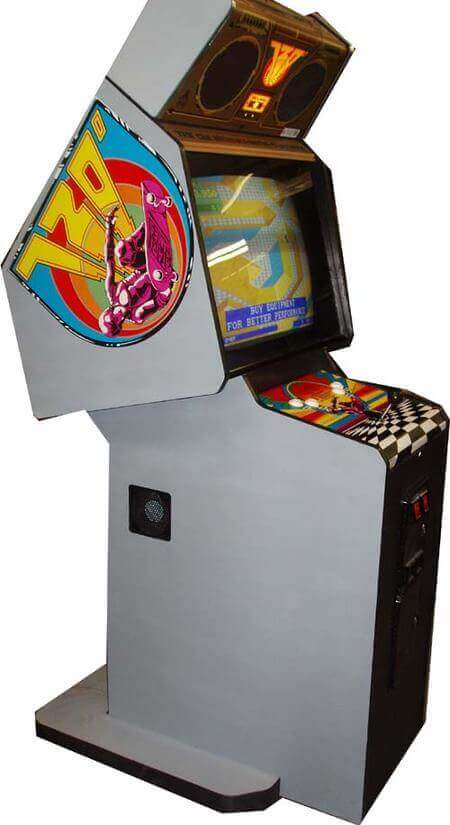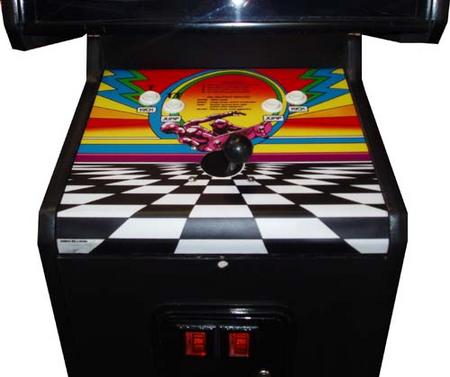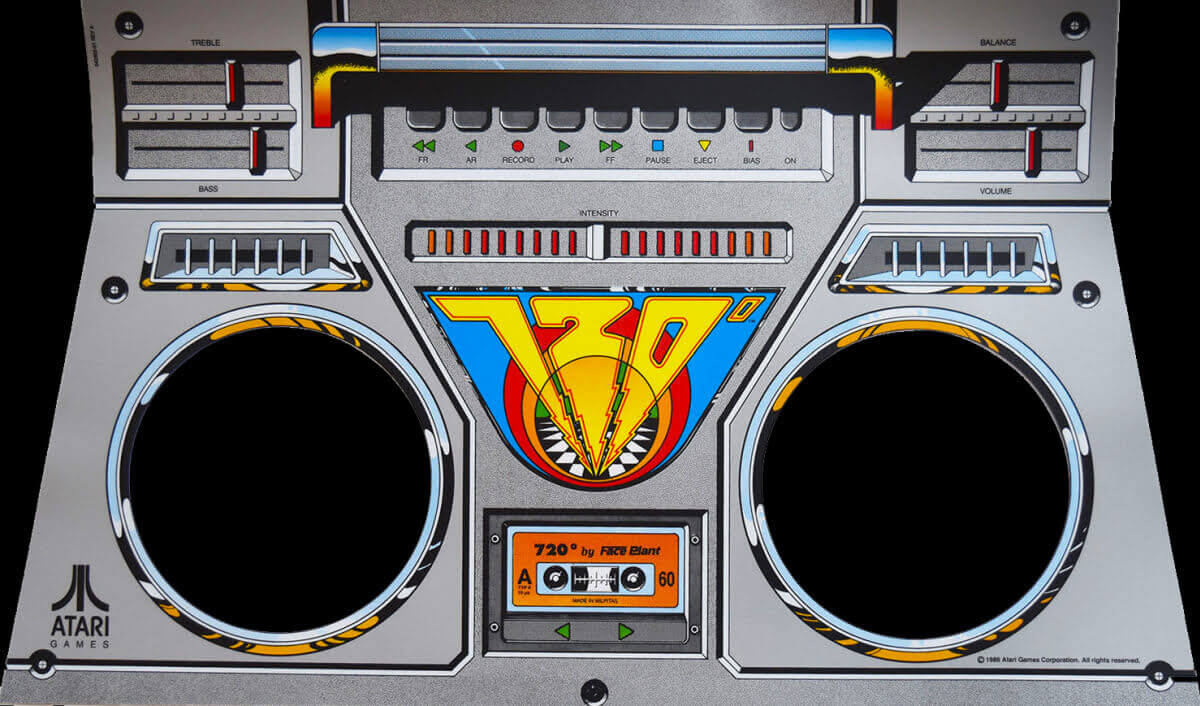“Nobody asked for this” – my editor upon proofreading this, probably.
Skateboarding games broke out of niche status with 1999’s ‘Tony Hawk’s Pro Skater’. A perfect storm of peaking cultural interest in the sport, Tony’s iconic 900º at the prior year’s X-Games and polygonal gaming finally catching its stride all converged to form a behemoth of a game. Instantly beloved upon release, the game inspired multiple knockoffs and sequels. But to tell the story of Tony Hawk and the tidal wave of extreme sports games that followed, we need to go back to where it all really started.
And so, I present for your scrolling pleasure: ‘Radical Retrospective’, a series diving into the history of extreme sports in video games. Through the course of this series of unsolicited encyclopedia entries we’ll explore the genre’s successes, failures and oddities, exploring a shared history that in some ways goes back as far the dawn of gaming itself.
1986’s 720º: Atari Goes Full Skate
For now, though, we find ourselves in the arcades of 1986. The first cultural skateboard bubble has yet to burst. Back To The Future was fresh in people’s minds, skateboarders were adapting to streets, ramps and rails instead of the empty pools and scarce halfpipes of yore. Video games, on the other hand, were just starting to recover from the video game crash of 1983.
Atari, once a titan in the space, had been fractured into two companies, Atari Corporation and Atari Games. The former was owned by Tramiel and had just launched the ultimately unsuccessful Atari 7800, while Atari Games was doing relatively well under new owners Warner Brothers, releasing evergreen hits like Paperboy to arcades.
- 720 – Title Screen
- 720 – Screenshot
- 720 – Screenshot
For their next game (and lead programmer Paul Kwinn’s first) Atari had something a bit more radical in mind. As Paul tells Retro Gamer in 2015, “…it hadn’t been done as a videogame yet, that allowed us the chance to be the first, and grab anyone interested in both skateboarding and videogames. I don’t think it was a difficult sell, at least it had some sort of tie-in with popular culture.” How right Paul was! 720º was released to acclaim.
Players flocked to its open-ended gameplay, impressive isometric graphics and intuitive controls. The whole game took place in Skate City, and open area where players could practice tricks, collect money, purchase power-ups and, if they weren’t quick enough, get chased by bees (a nod to Paperboy). At each corner of Skate City were separate skateparks, each with its own style. Players were tasked with earning a gold medal in each park. It was a surprisingly large scope for a skateboarding game meant to eat quarters, but it provided a lot of play-time for skilled players, a rarity at the time.
Legacy, Ports, and Lasting Influence
The game’s successful gameplay was no accident. Says Paul, “we built a full-sized half-pipe in the back of the atari building and then brought in a bunch of good skaters to watch what they could do. Then for the big annual convention in the industry, we had a smaller half-pipe built, put it in our booth surrounded and hired skaters to put on demonstrations during the show.” Over a decade before Tony Hawk’s Pro Skater, Atari cracked the code of making a skateboarding game that was true to the sport and fun to play, and they did it on the first try.
- 720 – Cabinet Right
- 720 – Cabinet Left
- 720 – Cabinet
- 720 – Marquee
It wasn’t just the game that drew players in: the presentation was a sight to behold. The cabinets featured a glowing marquee, a unique controller, some bodacious artwork and bitchin’ boom-box speakers. Those speakers weren’t for show either, they blasted a soundtrack brimming with attitude. The soundtrack was so excellent that when US Gold ported the game to 8-bit home computers, they included a cassette of the original soundtrack, believing it was an integral piece of the experience.
Speaking of ports, the game was ported endlessly to varying degrees of success. It was eventually released for the ZX Spectrum, Amstrad CPC, Game Boy Color, NES, Atari Lynx (unreleased) and the Commodore 64 (twice!). It still sees the occasional re-release on modern consoles through anthology collections.
In the same interview, Paul remarks, “the main thing was that the weird rotating joystick controller couldn’t really be emulated so it never felt the same to play it on a home system”, and he wasn’t wrong. Of course, the awkward home controls didn’t stop the industry from spawning imitators too, like EA’s ‘Skate or Die’ (720º’s catchphrase), but we’ll save those for another article.
For now, grab your favorite handheld (I suggest one with an analog stick), boot up MAME and start shredding for gold medals. After almost four decades, this delightful game still offers replayability and attitude in abundance. Just don’t let the bees catch you!
What did you think of this article? Let us know in the comments below, and chat with us in our Discord!
This page may contain affiliate links, by purchasing something through a link, Retro Handhelds may earn a small commission on the sale at no additional cost to you.
